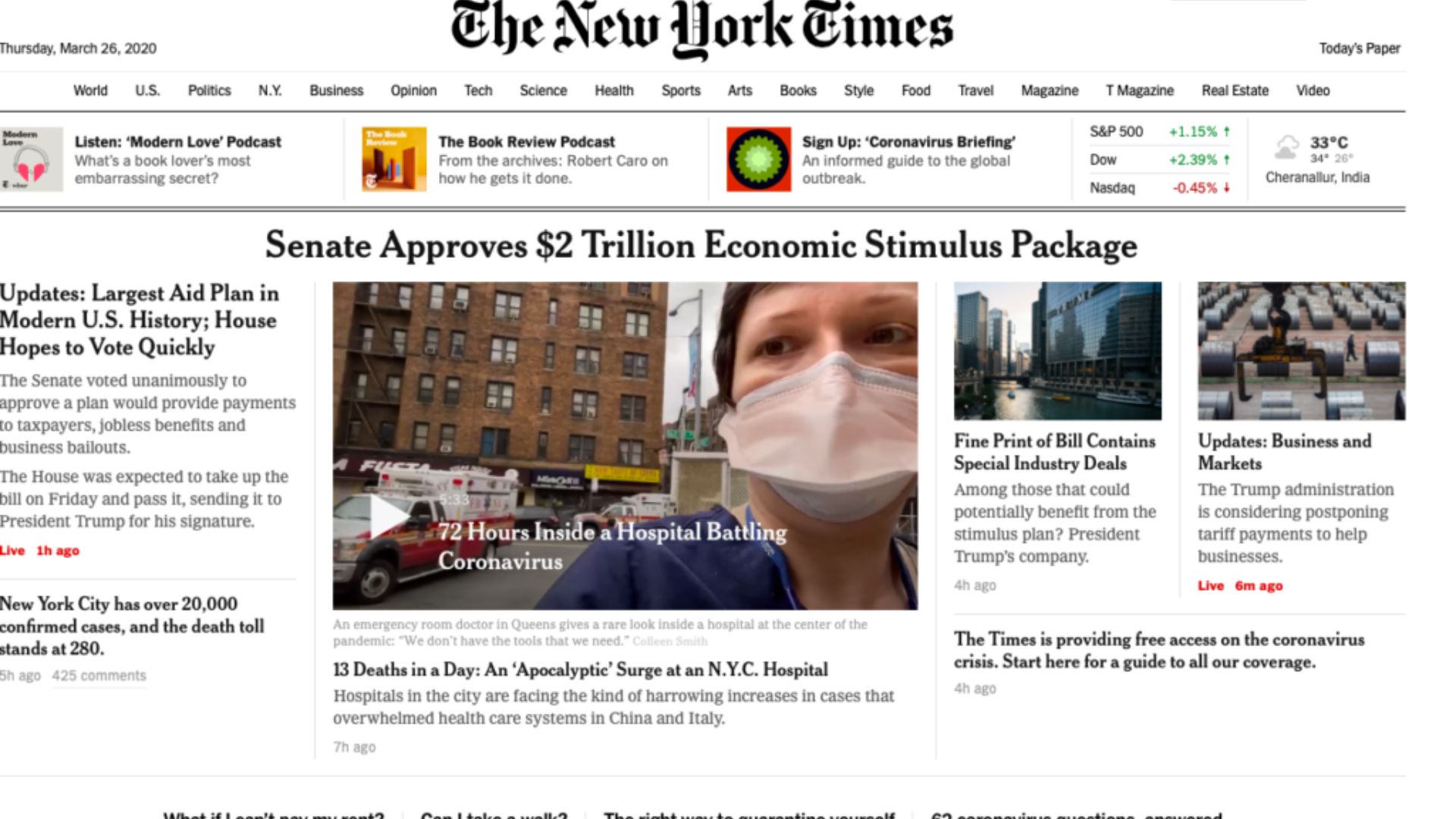While designing and developing a website, it’s important to avoid common mistakes that can impact user experience and hinder the effectiveness of your website. Here are some key mistakes to avoid:
- Poor navigation: Complex or confusing navigation menus can make it difficult for users to find what they’re looking for. Ensure your navigation is intuitive, easy to understand, and accessible on all devices.
- Cluttered and busy layout: Overloading your website with too much content, images, or elements can overwhelm visitors. Keep your design clean, organized, and visually appealing, allowing users to focus on the most important information.
- Lack of mobile optimization: With the increasing use of mobile devices, it’s crucial to optimize your website for mobile responsiveness. Failing to do so can result in a poor user experience and hinder your site’s performance in search engine rankings.
- Slow loading times: Users have little patience for slow-loading websites, and it can lead to higher bounce rates. Optimize your website’s speed by compressing images, minifying code, and utilizing caching techniques.
- Inconsistent branding: Having inconsistent branding elements, such as mismatched colors, fonts, or imagery, can confuse users and undermine your brand identity. Maintain a cohesive and consistent design throughout your website.
- Lack of clear call-to-action (CTA): Failing to include clear and compelling CTAs can result in missed opportunities for conversions. Be explicit about the actions you want users to take and make your CTAs prominent and visually appealing.
- Poor use of color and contrast: Inappropriate use of color and contrast can negatively impact readability and accessibility. Ensure sufficient contrast between text and background, choose colors that align with your brand, and consider the psychological effects of colors on your target audience.
- Ignoring SEO optimization: Neglecting basic search engine optimization (SEO) principles, such as meta tags, proper heading structure, and keyword research, can hinder your website’s visibility in search engine results. Incorporate SEO best practices to improve your website’s ranking and organic traffic.
- Neglecting accessibility: Websites should be accessible to all users, including those with disabilities. Ensure your design meets accessibility guidelines, including proper text alternatives for images, logical tab navigation, and sufficient color contrast for visually impaired visitors.
- Lack of regular updates and maintenance: Neglecting proper maintenance and updates can leave your website vulnerable to security breaches and performance issues. Stay updated with the latest security patches, software updates, and regularly review and improve your website’s content and functionality.
By avoiding these common mistakes, you can create a user-friendly, visually appealing, and functional website that effectively meets the needs of your audience and achieves your business goals.










